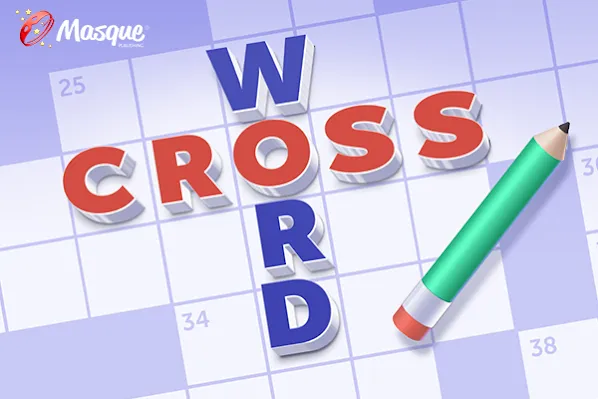How To Do The Kettlebell Swing
Master the kettlebell swing to increase power and build strength.
Here’s a tip when it comes to strength and conditioning: If you come across an exercise that the Russians have been doing for 50 years or more, incorporate it into your program as soon as possible. Barbell complexes, the glute-ham raise and the kettlebell swing are just a few examples of the brilliantly utilitarian exercises that have evolved from Soviet-era training methods. The kettlebell swing has infiltrated our culture more than any other (you can now buy a 7-pound pink kettlebell from Sears), and for good reason: For metabolic response, jumping power and training the ultra-important muscles of the posterior kinetic chain, the kettlebell swing is as coldly efficient as Ivan Drago.
The Start
Stand with your feet slightly wider than shoulder-width apart and the kettlebell on the floor between your legs. Squat down and wrap both hands around the handle, including your thumbs. Stand up and feel free to get a couple of small swings in before you bring the weight overhead. Drop into short quarter squats, letting your hips move both down and behind you. The kettlebell will follow your hips, and your forearms should make contact with your hip creases.
Related: It Don’t Mean A Thing If You Ain’t Got That Swing
The Swing
Go into a hip hinge, with your hips shifted down and behind you, your spine neutral and your knees pointing out. Keep your chest high. Squeeze your glutes and drive your heels down as you powerfully snap your hips forward, driving the weight in an upward arc. Your arms stay straight and guide the weight rather than drive it. All the force should come through the pop of the hips rather than extension of the knees.
The Lockout
At the top of the movement, your body will be in a similar position to the finish of a deadlift. Your legs should be locked out, with your core tight and locked down, shoulder blades back and your entire body in a nice straight line. Your biceps will be next to your ears, and your head will peek out through the gap of your arms. A Russian swing will stop at eye level, and the arms will be slightly more relaxed at the top of the rep. Other than that, it’s the same movement in the start, finish and transition.
The Return
The kettlebell will return along the same arc it ascended, and the force of the drop should be absorbed by the hips moving backward and down. Remember to keep your chest high. Don’t let the kettlebell fold you forward so that your torso faces the floor. To cycle through swings quickly — say, if you’re doing the classic benchmark WOD “Helen” — don’t fight against the weight coming down; allow it to drop and use your hips to “catch” it for the next rep.
How High to Swing
There has been plenty of debate over the superiority of the eye-level Russian kettlebell swing versus the “American” swing, which goes overhead and is the swing of choice in CrossFit. After all, the longer rage of motion means more intensity because it demands that you generate more power to move the weight farther. A longer arc also means that more work is being done, which, of course, is the basis of CrossFit. However, the Russian swing is acceptable — and even preferable — if you have mobility issues in your shoulders or thoracic spine. You will still get a potent metabolic stimulus and train the powerful opening and closing of the hips. Just be sure to go a bit heavier when doing Russian swings.
The Finisher
A fantastic workout finisher is a basic version of “Kettlebell Hell.” With a moderately heavy weight (35 pounds for men, 26 for women), perform kettlebell swings for one full minute, then take the next minute off. Complete 10 minutes in this “one-on, one-off” pattern. This is a great way to balance out a workout that’s focused on the upper body because these 10 minutes will tax your entire posterior kinetic chain. In a study published in the Journal of Strength and Conditioning Research, exercise scientists put a group of quasi-trained men through a similar program (12 rounds of 30 seconds of kettlebell swings, followed by 30 seconds of rest) twice a week for six weeks. After six weeks, they had improved their maximum strength by almost 10 percent and their explosive strength by nearly 20 percent.
Solve the daily Crossword

